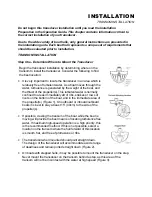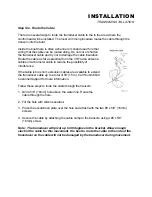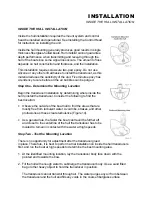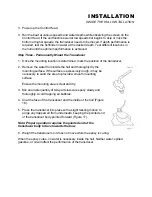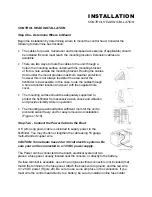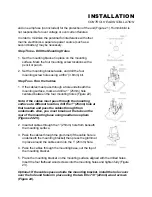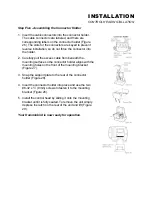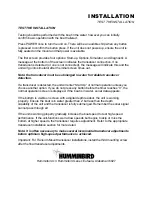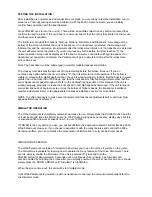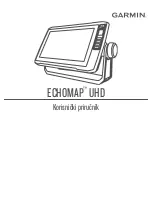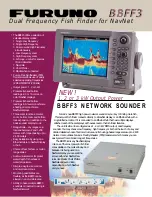
Sonar targets which are not physically attached to the bottom
may take one of many shapes. Surface clutter is the layer of
water near the surface which is rich in algae and other growth,
and often is aerated by wind or wave action. This area of
water interferes with sonar transmission and often appears
on-screen as regular clusters of individual dots near the "0"
line.
Thermoclines are sharp differences in water temperature.
These are easily identified by the continuous nature of the
return.
When a sonar signal is reflected off the bottom back to the
transducer, there is often enough energy left in the signal to
be reflected off the surface of the water back to the bottom a
second time. Second returns appear as a slightly weaker bottom representation exactly twice the depth of
the primary bottom return. The second return is most likely to occur in shallow water and in areas of
relatively hard bottom.
The Wide Paramount uses advanced signal processing to further evaluate any sonar return between the
surface and the bottom. For instance, a small school of bait fish usually appears as a dense cluster of
individual dots.
If the return meets certain additional criteria, a fish symbol will be assigned. There are three different size
fish symbols used to indicate the intensity of the sonar return. While signal intensity is a good indicator of
relative fish size, different species of fish have different sonar characteristics, so it is not always possible
to distinguish fish size between varying species.
The signal intensity is "normalized" for depth so that a small
fish close to the boat does not appear as a large fish symbol.
This Fish ID function can be turned off (see User Options) so
the unit will display only "raw" information. This allows
experienced users to make their own interpretation.
A further method of differentiation of fish symbols indicates
which of the three sonar beams the fish is detected in. This
gives you a reliable indicator of side-to-side location relative to
boat movement. Fish symbols, which are hollow, are detected
in the outside two beams. Hollow fish symbols facing to the
right are detected in the right beam and therefore are to the
right side of the boat (as viewed from the driver seat facing
forward). Hollow fish symbols facing to the left are detected in
the left beam, and thus the fish is to the left side of the boat.
Solid fish symbols represent fish which are detected in the single center beam, and these fish are directly
under the boat.
When the speed sensor is connected, ID++ adds additional information to help the user locate fish. On
selected fish symbols, the digital depth of the designated fish is drawn to help locate the fish vertically.
Some of these ID lines will be accompanied by a digital number at the 0 line. This number is the
approximate distance of the fish from the boat. If the boat is moving, the number will increase over time to
indicate the increasing distance from the boat. If the boat speed is increased or decreased, the distance
number will be updated accordingly. This is especially helpful in setting bait depths or for clownrigger
operation.
Summary of Contents for Wide Paramount
Page 1: ......

